Name George Vanderbilt | Structures Bilt Estate | |
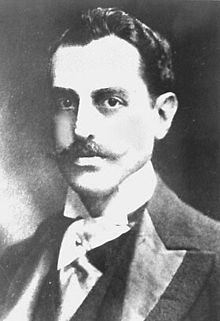 | ||
Spouse(s) Edith Stuyvesant Dresser Relatives Cornelius Vanderbilt (grandfather)George Henry Vanderbilt Cecil (grandson)William Amherst Vanderbilt Cecil (grandson) Died March 6, 1914, Washington, D.C., United States Parents Cornelius Vanderbilt, William Henry Vanderbilt Grandparents Cornelius Vanderbilt, Phebe Hand, Cornelius van Derbilt Children Cornelia Stuyvesant Vanderbilt Similar People Edith Vanderbilt, William Henry Vanderbilt, Cornelius Vanderbilt, William Amherst Vanderbil, Richard Morris Hunt | ||
George Washington Vanderbilt II (RMS Titanic) | 30 James Street
George Washington Vanderbilt II (November 14, 1862 – March 6, 1914) was an art collector and member of the prominent Vanderbilt family, which had amassed a huge fortune through steamboats, railroads, and various business enterprises. He built a 250-room mansion, the largest privately-owned home in the United States.
Contents
- George Washington Vanderbilt II RMS Titanic 30 James Street
- Biography
- Biltmore
- Family
- Death
- Legacy
- References

Biography
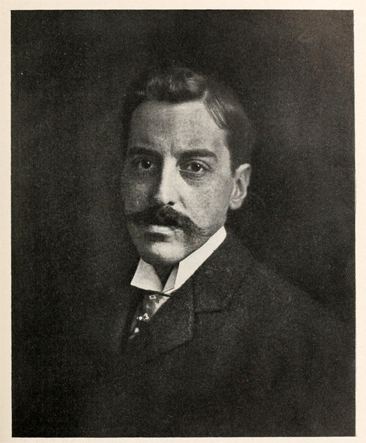
George W. Vanderbilt was the youngest child of William Henry Vanderbilt and Maria Louisa Kissam. Though there is no evidence to suggest that he referred to himself using a numerical suffix during his life, various sources have called him both George Washington Vanderbilt II and III throughout time. Today, Biltmore recognizes him as George W. Vanderbilt III, as he had two uncles by that name, the first of whom died at the age of four.
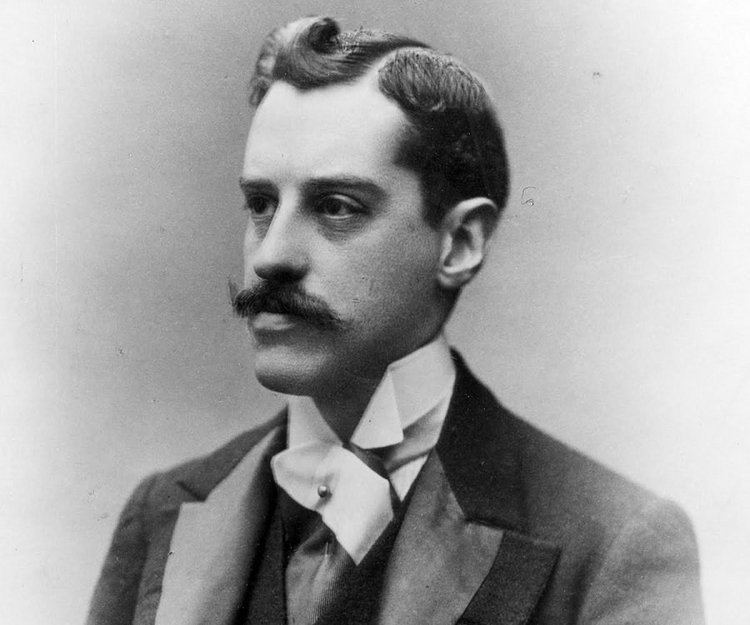
As the youngest of William's children, George was said to be his father's favorite and his constant companion. Relatives described him as slender, dark-haired, and pale-complexioned. Shy and introverted, his interests ran to philosophy, books, and the collection of paintings in his father's large art gallery. He acquired a private library of more than twenty thousand volumes. In addition to frequent visits to Paris, France, where several Vanderbilts kept a home, George traveled extensively, becoming fluent in several foreign languages.
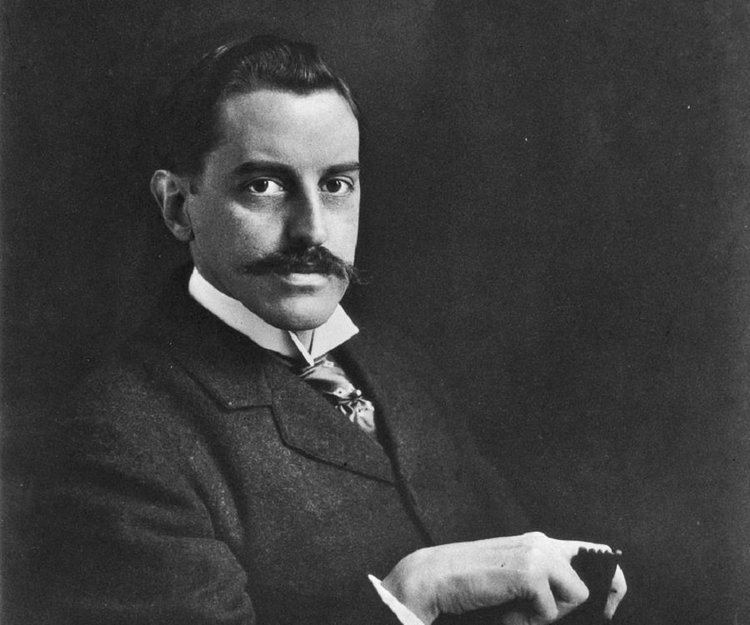
His father owned elegant mansions in New York City and Newport and an 800-acre (3.2 km2) country estate on Long Island. When William died in 1885 of a stroke, he left a fortune of approximately $200 million, the bulk of which was split between his two older sons, Cornelius Vanderbilt II and William K. Vanderbilt. George W. Vanderbilt inherited $1 million from his grandfather and received another million on his 21st birthday from his father. Upon his father's death, he inherited $5 million more, as well as the income from a $5 million trust fund. He ran the family farm at New Dorp and Woodland Beach, now the neighborhood of Midland Beach on Staten Island, New York where he was born, then lived with his mother in Manhattan until his own townhouse at 9 West 53rd Street was completed in 1887. The Vanderbilt family business was operated by his older brothers. This left George to spend his time in intellectual pursuits.

In 1891 he joined the New York Society of the Sons of the American Revolution.
Biltmore
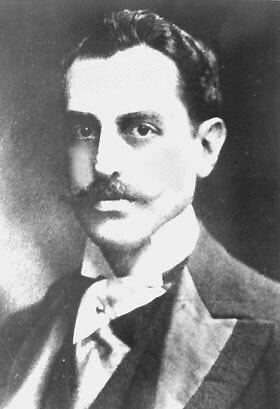
Living in one or another of his family residences well into adulthood, George decided to construct his own country mansion and estate in 1888. For this purpose he acquired 130,000 acres of woodland in North Carolina, employing the architect Richard Morris Hunt to design a limestone house modeled on the Chateau de Blois among other chateaux of the Loire Valley. With up to five acres of floor space this is believed to be the largest domestic dwelling ever constructed in the United States.
At Biltmore, George led the life of a country gentleman. Having a great interest in horticulture and agriscience, he oversaw experiments in scientific farming, animal bloodline breeding, and silviculture (forestry). His goal was to run Biltmore as a self-sustaining estate. In 1892, Olmsted suggested that Vanderbilt hire Gifford Pinchot to manage the forests on the estate. According to Pinchot, who went on to be the first Chief of the United States Forest Service, Biltmore was the first professionally managed forest in the U.S; it was also the site of the Biltmore School of Forestry, the first such school in North America, established in 1898 by Dr. Carl A. Schenck.
Family

On June 1, 1898, George W. Vanderbilt married Edith Stuyvesant Dresser (January 17, 1873 – December 21, 1958) at the American Cathedral in Paris, France. They had one daughter, Cornelia Stuyvesant Vanderbilt (August 22, 1900 - February 7, 1976). In 1912 George and Edith booked passage on the Titanic but changed their plans before departure, sailing and arriving in New York before the Titanic sank.
Death
He died due to complications following an appendectomy in Washington, D.C. on March 6, 1914. He was interred in the Vanderbilt family mausoleum at the Moravian Cemetery in New Dorp in Staten Island, New York.
Legacy
After his death, George's widow sold approximately 86,000 acres (350 km2) of the Biltmore property to the United States Forest Service at $5 an acre, fulfilling her husband's wishes to create the core of Pisgah National Forest. She sold additional land as finances demanded; today, about 8,000 acres (32 km2) remain. Edith Dresser Vanderbilt later married Peter Goelet Gerry (1879–1957), a United States Senator from Rhode Island. Cornelia Stuyvesant Vanderbilt (George and Edith Vanderbilt's only child) married British aristocrat, John F. A. Cecil, a descendant of William Cecil in 1924. Her sons, George and William, eventually inherited the property. George Cecil, the older of the two sons, chose to inherit the majority of the estate's land and the Biltmore Farms Company, which was more profitable than the house at the time. The younger son, William Cecil was thus left with Biltmore House, and is credited with preserving the chateau which (though still privately owned) is open to the public.
